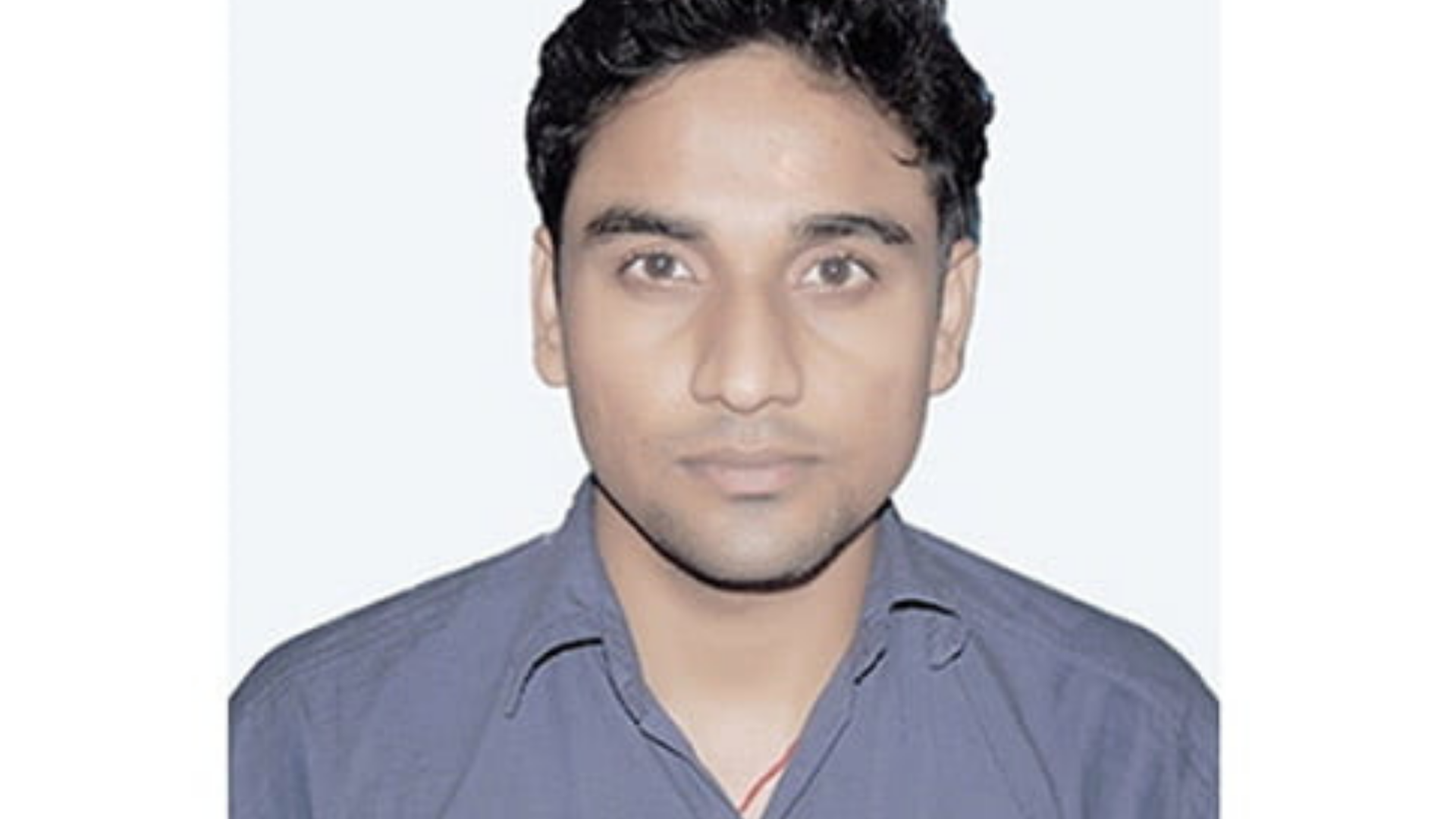4 Minute read
The focus of this project is on researching the physics behind the flame-wall interactions inside combustion chambers. Project outcomes will improve combustion technology.
The aim of this project is:
- The investigation of near-wall combustion phenomena/flame-wall interaction in combustion chambers.
The details
Combustion chambers produce energy by burning a mixture of air and fuel. Burning must not occur near the walls of the combustion chamber. If flames do end up burning the walls of the combustion chamber, adverse effects can occur: the efficiency of the combustor decreases, more pollutants are emitted, and its lifespan is reduced. This project will examine this phenomenon in detail. In particular, research will determine the thermal, flow and species profiles of the flame-wall interaction region. By doing so, we can improve combustion technology.
To achieve our goal, we will manufacture a device that consists of a premix burner placed next to a water-cooled stainless-steel tube. This will stabilise the flame. We can then measure different parameters using different techniques. For example, we can measure:
- CO concentration profile using the Two-Photon Laser-Induced Fluorescence (TP-LIF) technique.
- Wall-surface temperature using Thermographic Phosphors (TP).
- Gas-phase temperature using Rayleigh Thermometry (RT).
- Quenching distance using OH Laser-Induced Fluorescence (OH-LIF) in the near-wall region.
Graduate researcher profile: Shrestha Kumar Gupta
What did you do before you started your PhD?
I completed my undergraduate degree in aeronautical engineering at the Feroze Gandhi Institute of Engineering and Technology in Raebareli, India. After that, I started tutoring aircraft propulsion, aerodynamics and gas dynamics to the third and final year bachelor students in the Delhi Institute of Aeronautical Sciences at New Delhi, India. I then received a graduate degree in aerospace engineering from the Indian Institute of Technology (IIT) Kanpur.
What are the challenges of your research role?
Modelling a parameter (CO species in my research) requires the profile of that parameter with all possible variables with change in a specific condition at different positions and with respect to time. In the research, for instance, with varying flow Reynolds numbers, (in turbulent regime), the strong flame-turbulence-wall coupling can lead to different profiles. Therefore, the mapping of such a parameter is challenging sometimes considering a practical condition of interest.
What is the best part of your research role?
Coding in source code language FORTRAN and sometimes in MATLAB is the best part of the research to me, as it demands different approaches to resolve an issue that make challenging and interesting the research time-to-time.
Where do you wish to go after your PhD? Do you want to enter industry or continue doing more research?
I wish to continue research and teaching in academia.
Supervision team
- The University of Melbourne: Doctor Robert Gordon, Associate Professor Yi Yang
- Partner university: Doctor Vaibhav Arghode
First published on 22 March 2022.
Share this article
Keep reading
-
Polymerisation in green solvents
How can we produce polymers in a more environmentally friendly way?
-
Policy design for fog computing in Optical Access Networks
How do we develop policies that can effectively govern new technologies like fog computing.
-
Evaluating the effects of ACLR in day to day activities
How does ACL reconstruction surgery affect day-to-day activities.
-
Optimising urban water systems for sustainability and resilience
How can we improve our water systems so that they may withstand even the toughest weather conditions?
